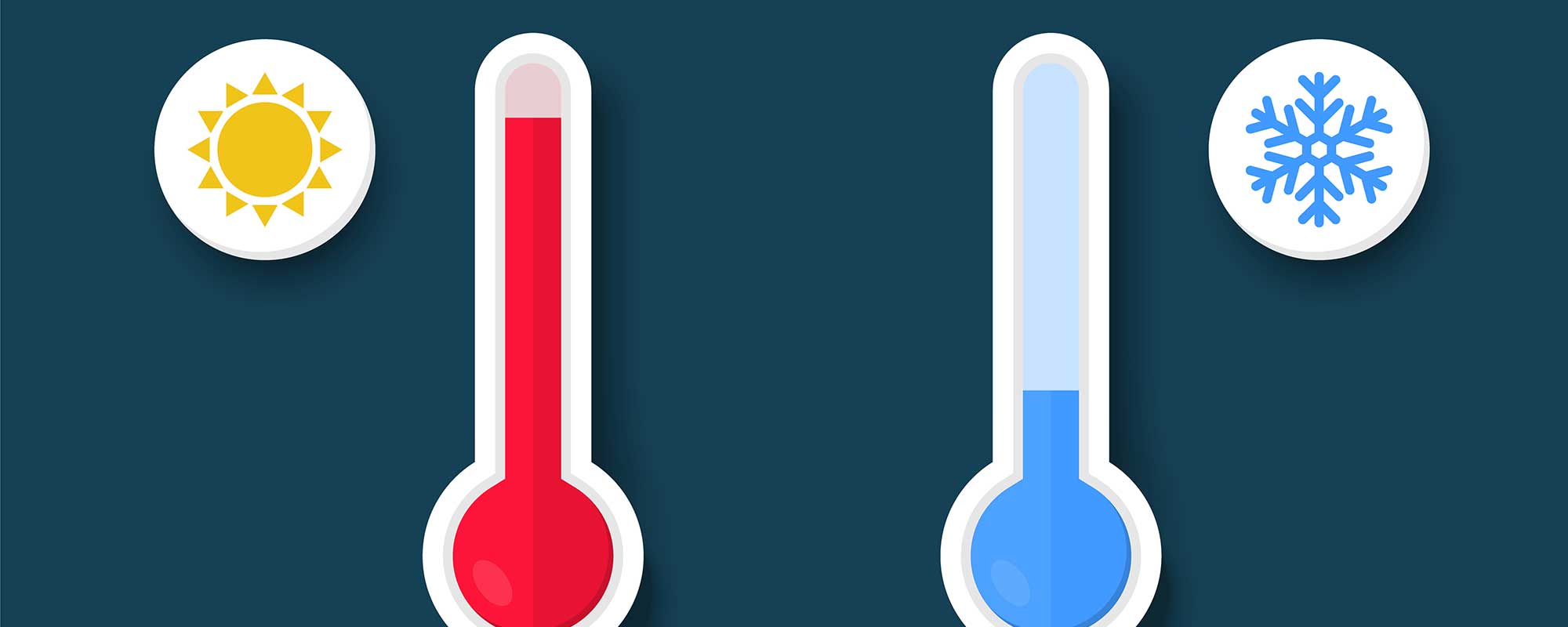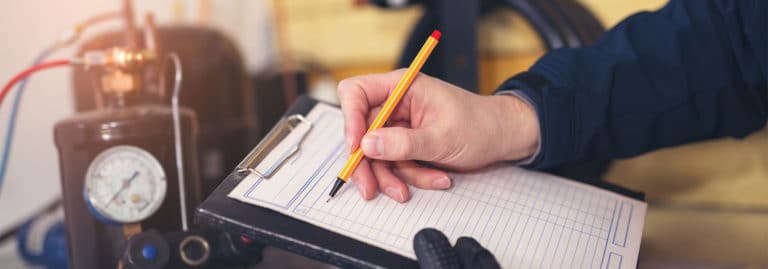What Is the Refrigerant Cycle?
When the heat is on outdoors, you can count on your air conditioner to keep you cool and comfortable indoors. But chances are you haven’t thought about how your AC system makes that possible. It all comes down to the refrigerant cycle, a process that takes advantage of thermodynamics to beat the heat and bring cool temps to your home when you need them.
The Refrigerant Cycle, Explained
To get a good idea of how the refrigerant cycle works, imagine moving something you don’t need from one place to another. The refrigerant cycle works the same way – it involves moving excess heat from one place (your home) to another (outdoors).
For AC systems, that means absorbing the latent heat found in your home’s air, moving that heat through the AC system and finally releasing that heat outdoors. But your AC system needs something to absorb that heat.
Now, imagine yourself mopping up a spill with a sponge and wringing out said sponge in the sink. Refrigerant plays the role of the sponge, but it’s a lot more flexible. It can turn into a liquid or a vapor depending on the temperature and pressure it’s subjected to. Most importantly, it can soak up latent heat and dump it outside of your home.
To accomplish this, the refrigerant moves through a closed loop where, at various points, it changes from a liquid to a vapor and back again. But there’s more than just refrigerant involved when it comes to keeping your home cool.
Refrigerant Cycle Components
Several components make up the refrigerant cycle, but these are the four main ones that make the cooling magic happen:
- Compressor – This device lies at the heart of the refrigerant cycle and has the double duty of compressing and moving refrigerant through the system.
- Condenser – The condenser coil allows the heat-laden refrigerant to release it into the atmosphere, which in turn transforms the hot, high-pressure gas into a hot liquid.
- Metering Device – Also known as an expansion chamber, this device quickly drops the pressure of the refrigerant, making it easier to dissipate into a vapor state as it moves through the evaporator.
- Evaporator – The evaporator coil makes it easier for the refrigerant within to absorb heat from the surrounding air.
What Happens During the Cycle?
The refrigerant cycle starts at the compressor. Refrigerant enters the compressor as a low-pressure vapor, where it’s then compressed until it becomes a hot, high-pressure vapor. The compressor forces the vapor into the condenser, where it releases the excess heat with the help of a condenser fan that blows warm air over the coils. The refrigerant changes from a high-pressure vapor to a liquid that’s still under high pressure.
The now-liquid refrigerant travels through the line until it reaches the metering device. Here, the refrigerant quickly loses pressure as it passes through, causing it to evaporate into a combination of cold vapor and cold liquid.
At this point, the refrigerant enters the evaporator. A blower motor housed in the same space as the evaporator forces warm air through the coil, allowing the refrigerant to capture heat as it passes. This same blower motor also forces now-cool air out of the AC unit, either through a series of ducts or directly out of the unit itself. The warm air allows the refrigerant to completely evaporate into cool vapor before it heads back to the compressor.
If you’re in need of AC Services, check out some of our Service Area Locations:








